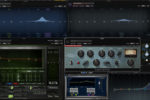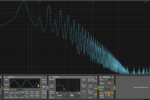Music Theory for Kick and Bass
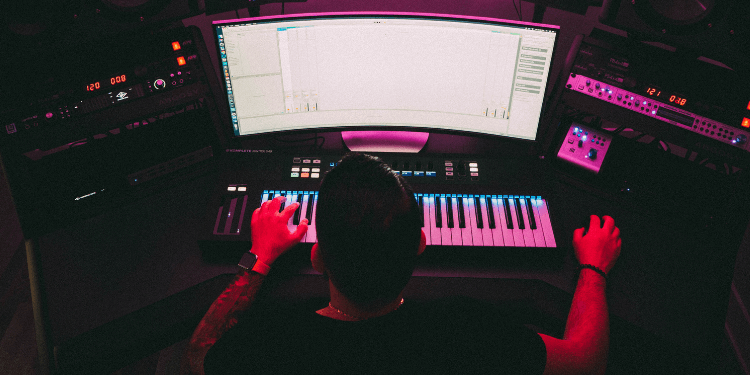
It’s not just EQs and sidechain compressors that’ll help these two elements fit together. Here’s how to get them feeling just right
Kick and Bass are that legendary pairing of mix elements that can be so hard to get right. But when you manage it, everything sounds great. There’s a lot to know about kick and bass. However, a lot of the time, the discussion revolves only around mixing techniques. The truth is, there’s much more to it! Honing your skills of sound selection, listening, and even music theory can do wonders for your mix.
In his FaderPro course on Mixing Kick and Bass, Jason Herd starts by covering this most important and primary of topics. Depending on the key signature and scale of your track, says Jason, you should choose your kick carefully…
You can access the whole course today to watch more of Jason’s advice on mixing. In the mean time, let’s look more deeply at the music theory behind your kick and bass.
Bass Frequencies
You may have noticed, when you pull up any EQ with a visual interface, the low-end range (20-250Hz) takes up a larger section of the visualizer compared to higher frequency ranges of the same numerical difference. How is it that such a small range of frequencies can occupy such a large space on the overall spectrum?
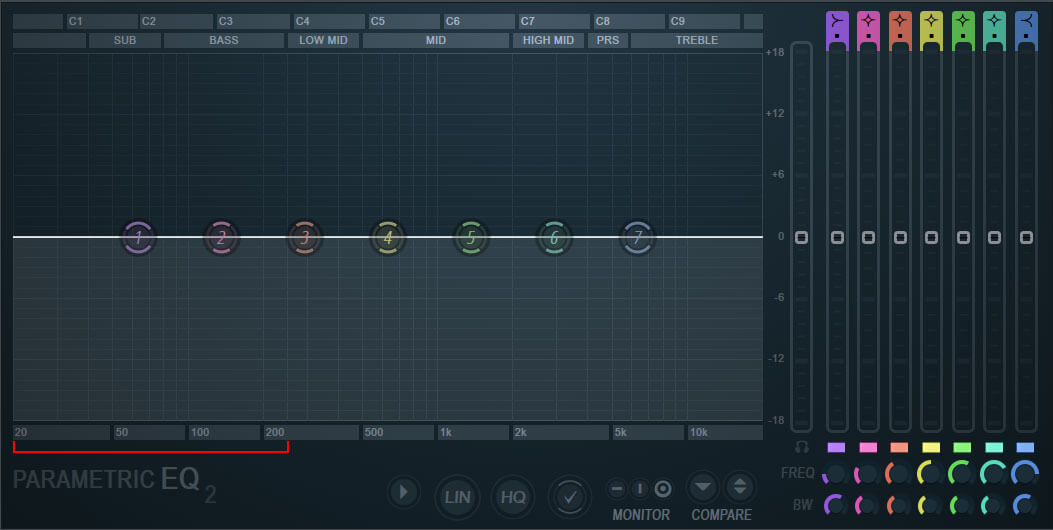
Put simply, the human ear’s perception of pitch varies logarithmically across the frequency spectrum. The visualizer was designed to account for this. This is important to know because it means that when gelling elements together in the low-end, they are competing for less space.
If you apply any visual frequency analyzer to your kick and bass (separately), you will see that they each peak predominantly at a specific point within the 20Hz-250Hz range (Some may be higher beyond this range, however that would be considered outside of typical low-end sound). Depending on the kick and bass, they will also have varied harmonic frequencies higher up the spectrum.
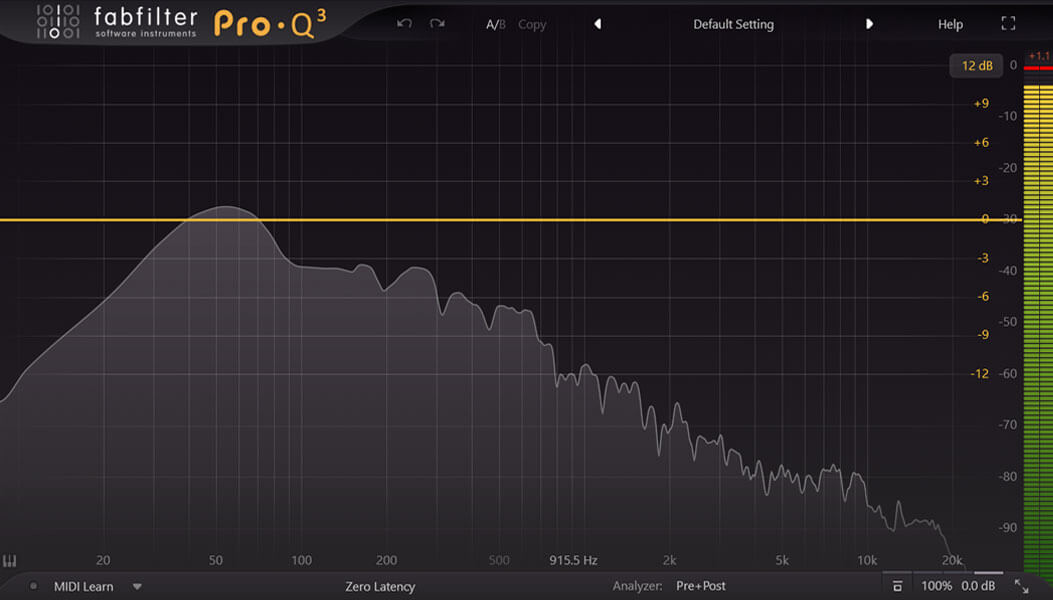
The key thing to remember when mixing your kick and bass is you want them to occupy their own space. But, you still want them assigned to pitches that align with the track’s musical key.
How low can you go? Bassline Music Theory
Everyone’s heard the saying ‘there are no rules to creativity.’ Although that’s a true statement, there’s a fundamental science to music theory that sets a framework to adhere to if you wish to achieve a harmonious outcome. When working with your kick and bass, there’s no exception to this creative boundary.
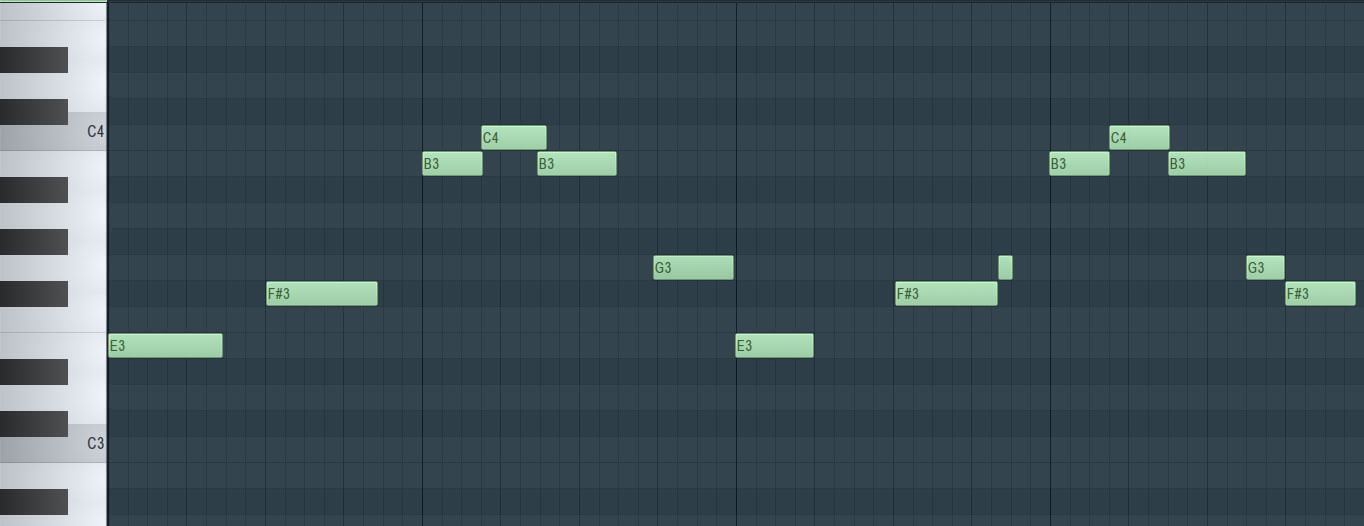
Like any instrument, your bass and kick should be tuned to the scale you’re working in. In the earlier-mentioned video, Jason claims that your bass should be considered before your kick in most scenarios. That’s ultimately what will define the character of the track. Once you have a great bassline, you can take its note pitches and tune your kick around that. (You could do this vice-versa. But, because the bassline’s more likely to be defining the melodic groove, it makes sense to consider it first).
When mapping your bassline melody, it’s useful to know the lowest possible note we can play is E0. This note sits right at 20.6Hz. Basslines typically (but, not always) tend to rely heavily on repetition and inclusion of the scale’s root note to sound right. For example, if your tune is in C#, the lowest C# note you can hit is C#1 (34.6Hz). But, counter-intuitively, if you were to write a tune in the scale of E, three semitones higher than C#, you could hit that E0, 20.6Hz as your root note.
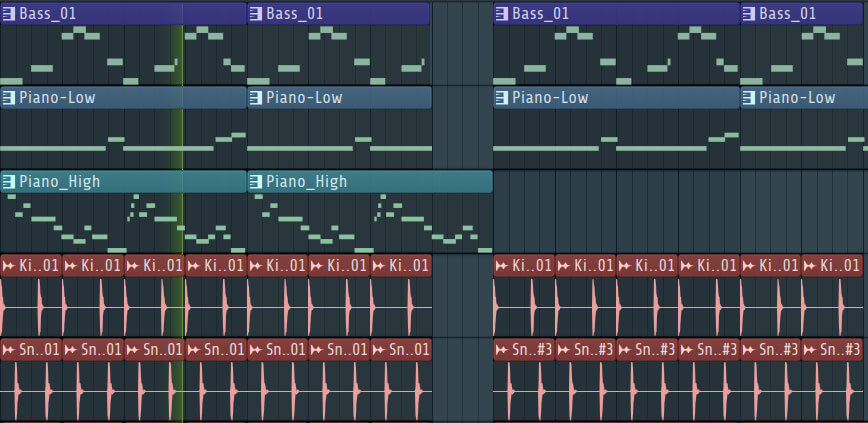
Another tip Jason provides in his sample video is to aim to pitch your kick lower than your bass. This is because tracks are more reliant on the low-end thud of the kick than the bassline in order to make people feel the music. If you were to use E0 as your bassline’s root note, it wouldn’t be impossible to map your kick lower in pitch. So, this tip cannot be applied to every scenario. However, it’s something to keep in mind!
Defining the ‘note’ of your kick
When adjusting the pitch of your kick, you might find it useful to understand exactly what a kick drum sound is made of. This might affect your decision!
The sound of a kick drum usually consists of two combined sonic elements. A low-end bassy thud, and a rapid pitch sweep that fades from a high-end impact, to a low-end release. The pitch sweep is what allows the kick drum to carry that high-end punchiness, whilst remaining a low-end instrument. The resting or lowest pitch of the kick is generally the most prominent and influential in determining the perceived pitch of the kick sound. You should use the low-end thud to define the ‘note’ of your kick.
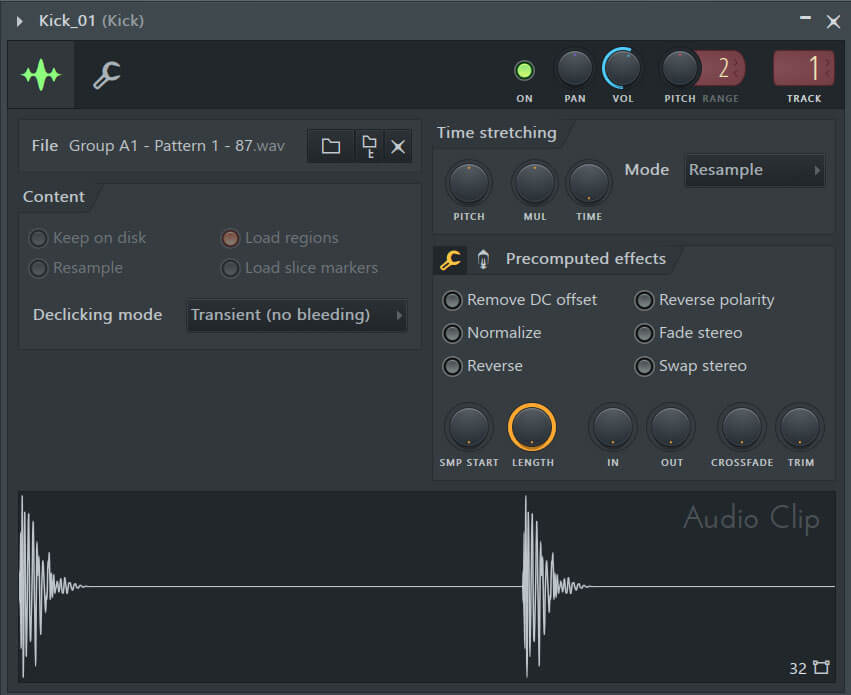
Tuning your kick with your bassline
When tuning your kick to your bassline, there are a few more things to keep in mind…
Avoid the two overlapping in frequency areas, as per standard mixing advice. That could mean a higher kick than the bassline, or lower. It depends on your genre, the bassline notes you’re using, and the limits of your kick.
Even if your kick is only played on one note (which is most common practice), your bassline might still strike the same note at some point in its melodic sequence. One way you could avoid this from happening is to keep your bass and kick an octave apart. Also, make sure not to strike the same note as your kick if your bass does venture outside of its root octave.
It’s worth noting that you’re only working within three octaves (Starting from E0) within the 20Hz-250Hz low-end range. That’s not to say you have to keep your kick and bass within that typical range, but it should be a general rule of thumb.

Waves’ Torque is a plugin specifically designed for tuning drums. So, if you have the opportunity to use it, it can be useful when making pitch adjustments to your kick.


